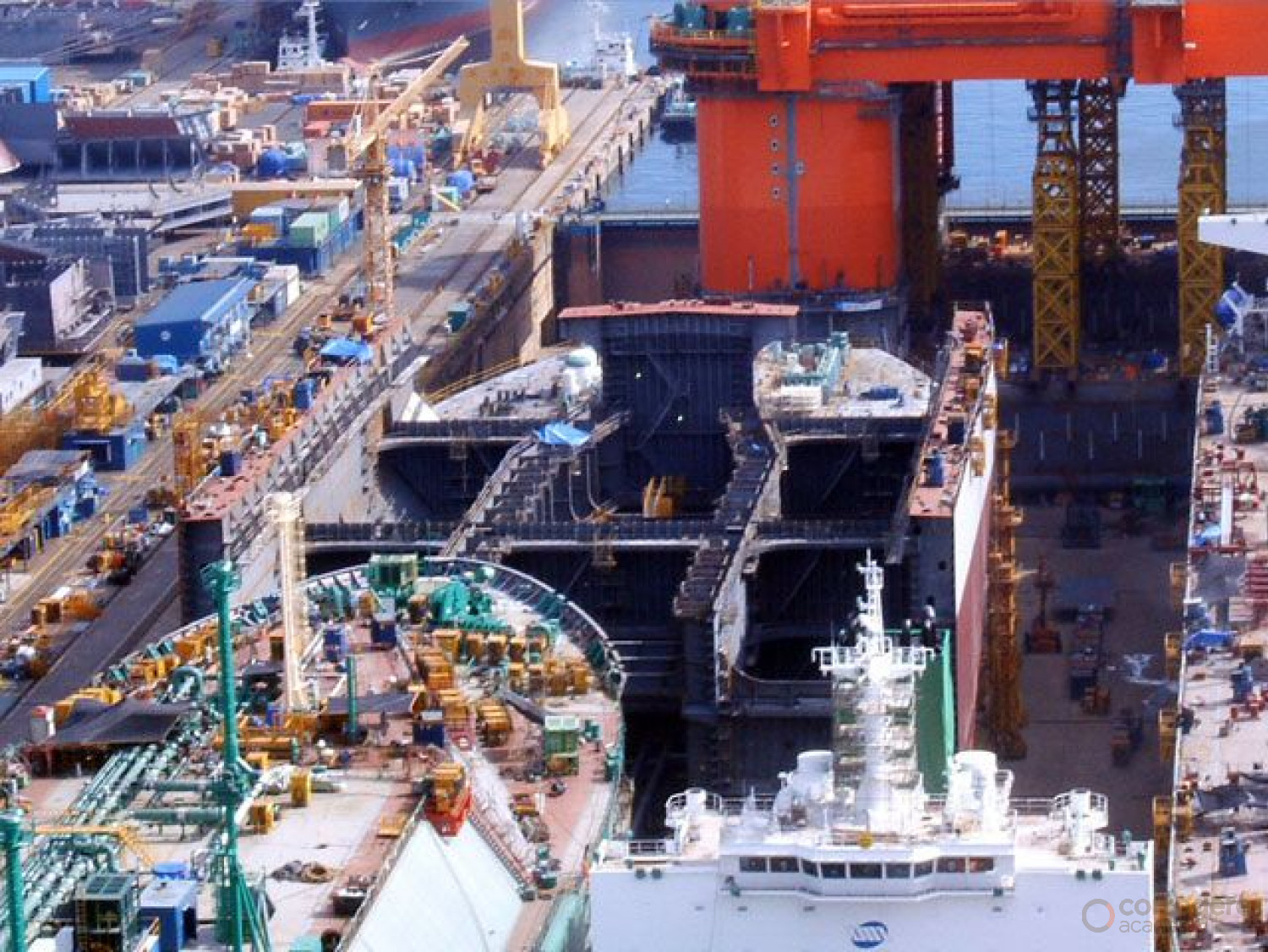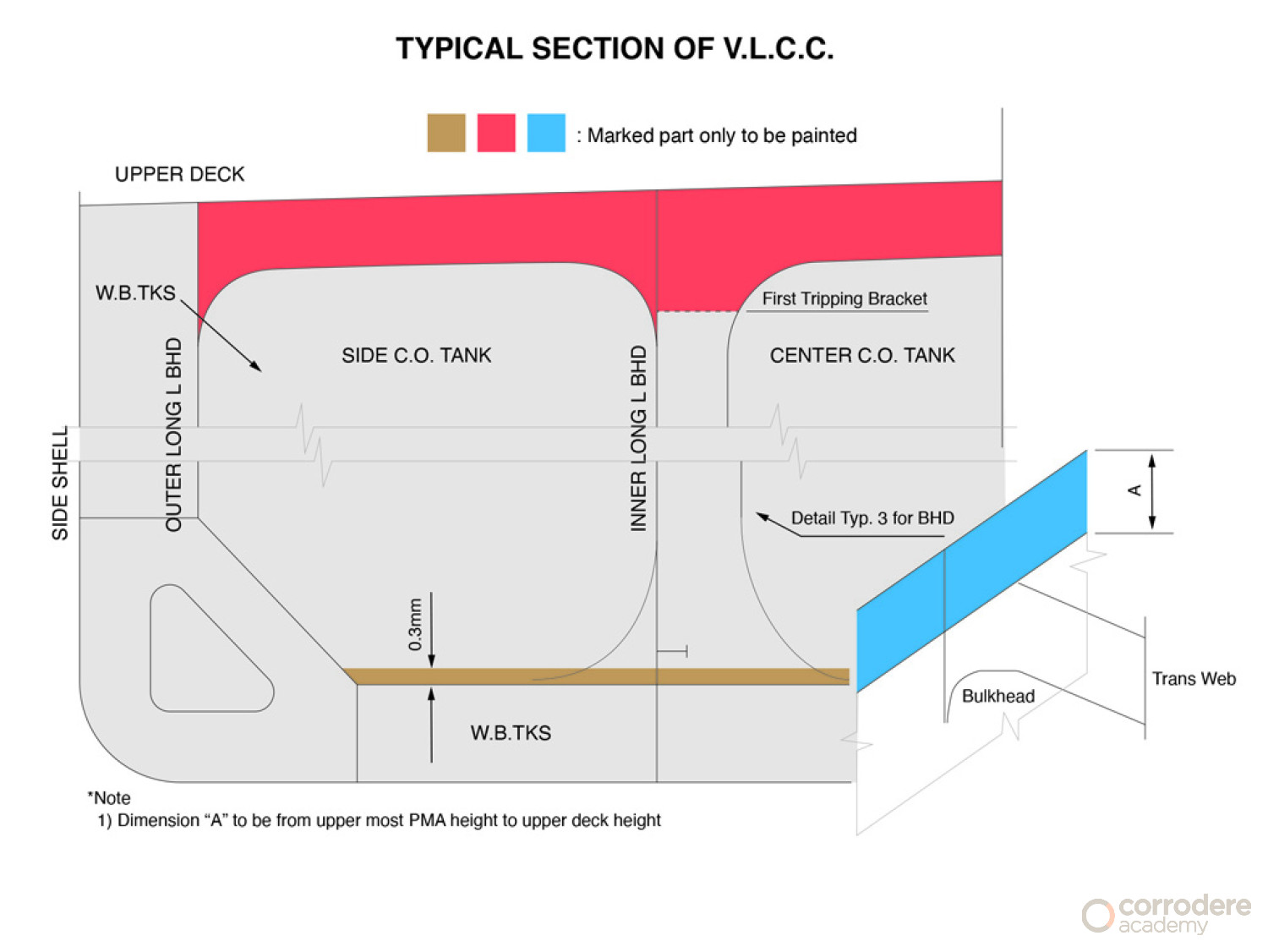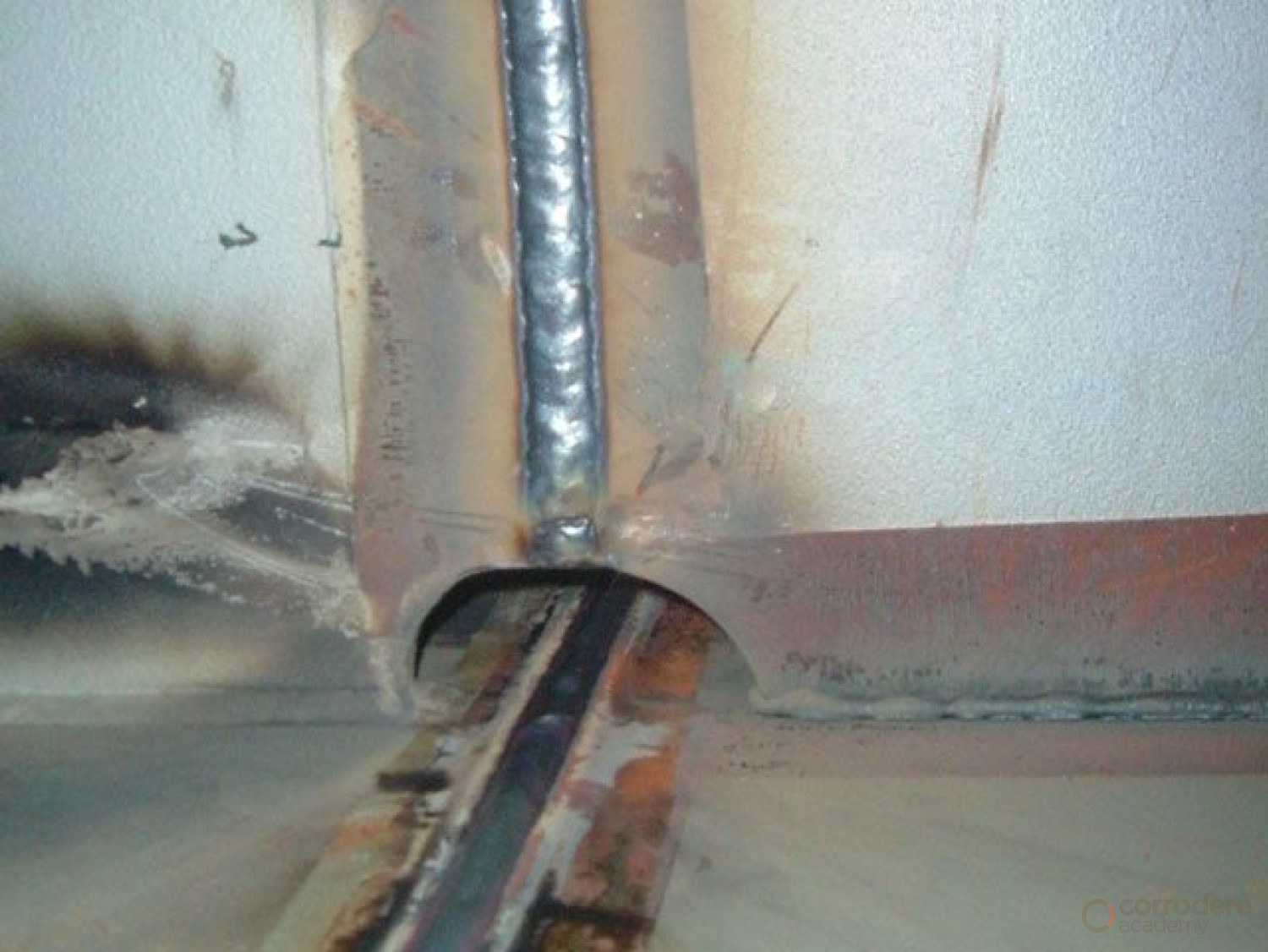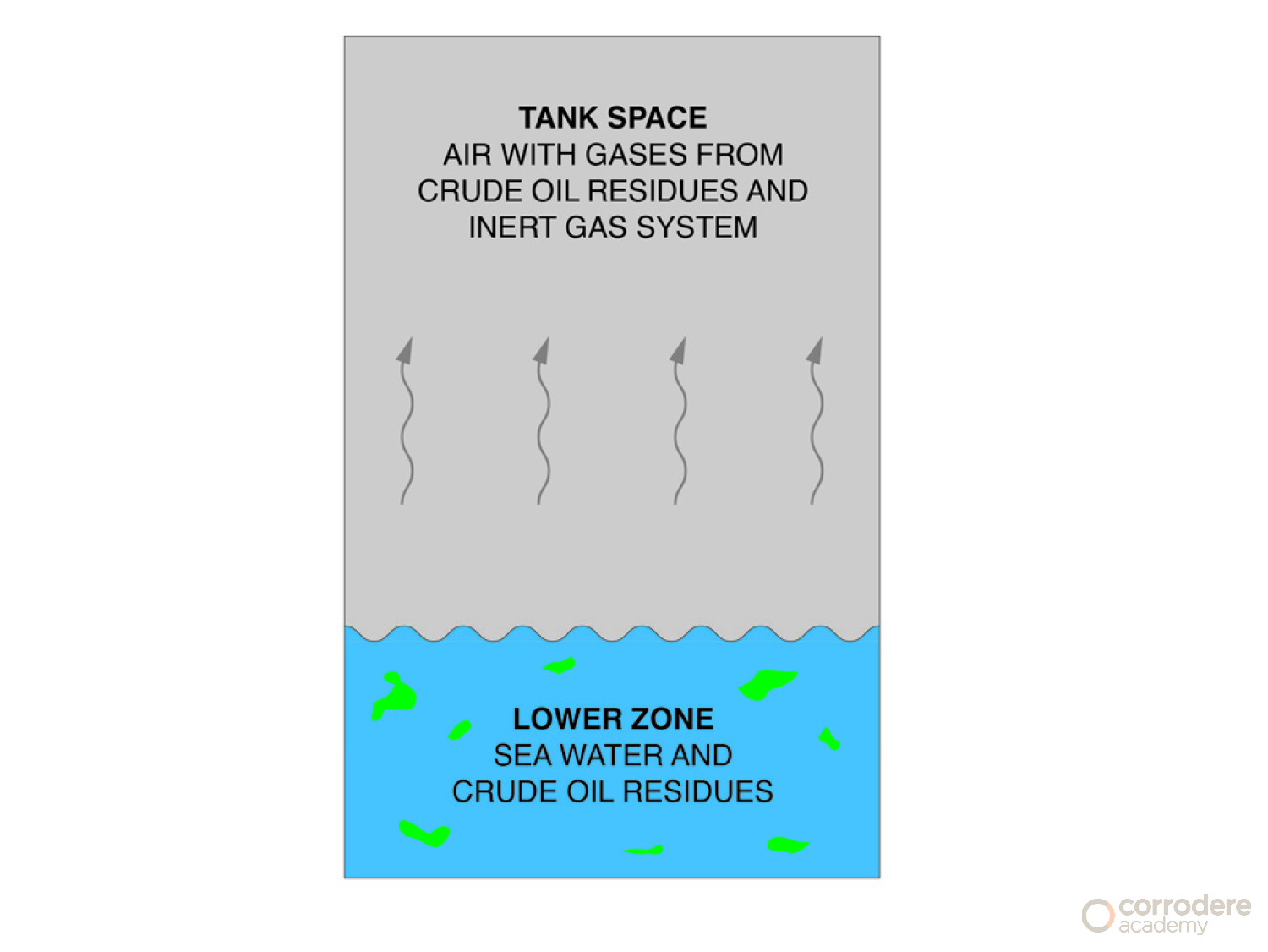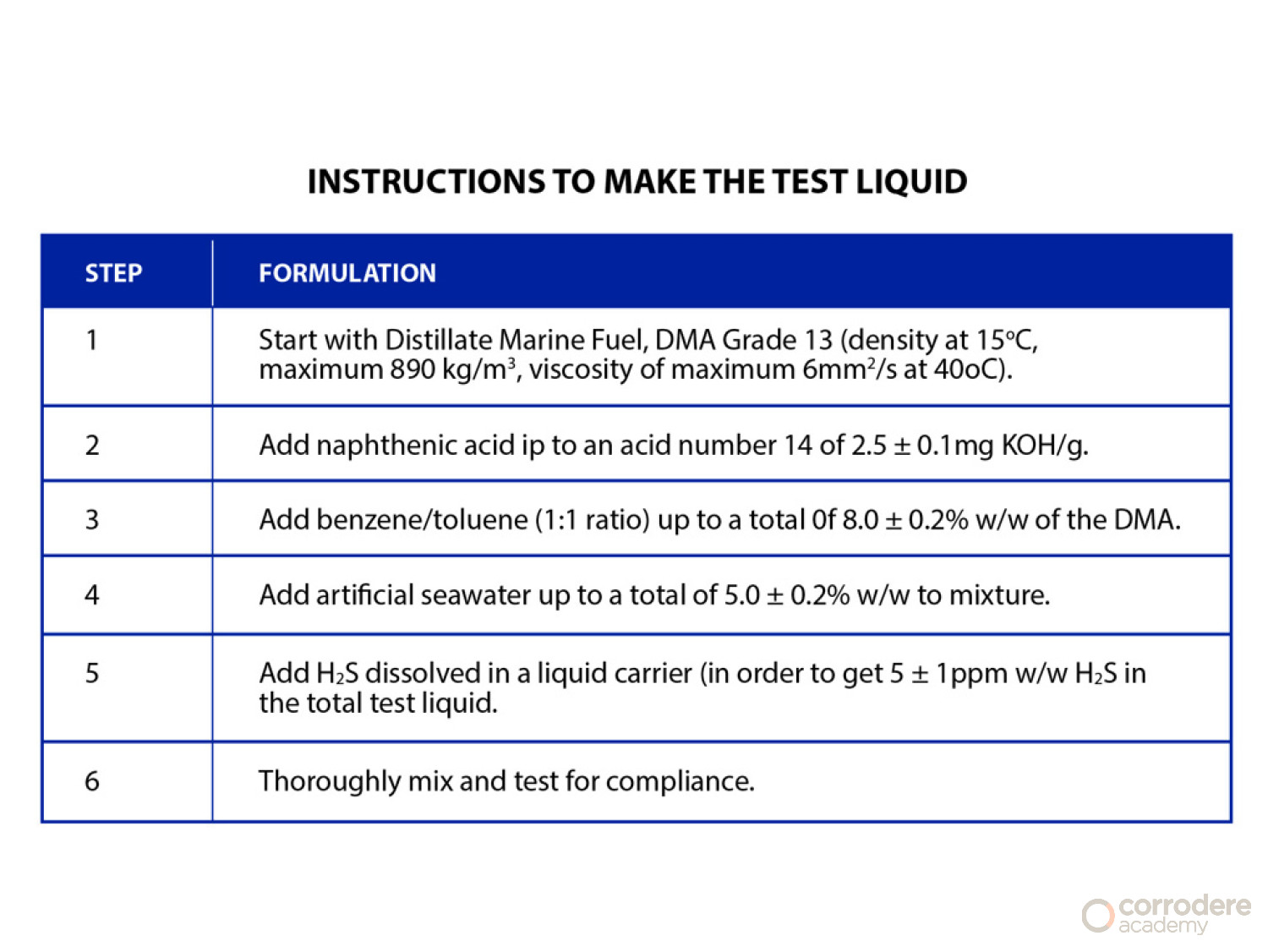Marine General
IMO Regulations Cargo Oil Tanks
Slide /
Introduction
On 14th May 2010 the International Maritime Organisation (IMO) Maritime Safety Committee approved the performance standard for coatings to be applied to cargo oil tanks during the construction of new crude oil tankers.
The standard is in the public domain and can be downloaded from a number of websites
Aim Of The Standard
The aim of the Performance Standard is to improve ship safety by ensuring the coatings applied to ships’ cargo tanks at the new building stage will have a target useful life of 15 years, remaining in “GOOD” condition.
A thorough understanding of the document is therefore required
The Standard
The Standard outlines the technical requirements for protective coatings in cargo oil tanks of crude oil carriers.
Although the date of entry into force is 1st January 2012 the requirements relate to ships as follows:
New crude oil tankers of 5,000dwt or above engaged on international voyages for which:
- The contract date is on or after 1st January 2013
- In the absence of a building contract the keel is laid on or after 1st July 2013
- Delivery date is on or after 1st January 2016
Area of Application (1)
The following are the minimum areas to be protected:
Deckhead with complete internal structure, including brackets connecting to longitudinal and transverse bulkheads. In tanks with ring frame girder construction the underdeck framing to be coated down to level of the first tripping bracket below the upper face plate.
Longitudinal and transverse bulkheads to be coated to the uppermost means of access level. The uppermost means of access and its supporting brackets to be fully coated.
Area of Application (2)
On cargo tank bulkheads without an uppermost Means of Access, the coating to extend to 10% of the tanks height at centreline but need not extend more than 3 metres down the tank.
Flat inner bottom and all structure to a height of 0.3 metres above the inner bottom to be fully coated.
Special Application
It is noted that other independent items are fitted within the cargo oil tank to which coatings are applied to provide protection against corrosion.
It is recommended that this standard is applied to the extent practicable, to those portions of means of access provided for inspection within the areas specified that are not integral to the vessel structure, such as rails, platforms, ladders, etc.
1. Design of Coating System
Selection of the coating system:
- Coating system to be considered by the parties with respect to service conditions and planned maintenance
- Location of space relative to heated surfaces
- Frequency of cargo operations.
- Surface conditions
- Surface cleanliness and dryness
- Supplementary cathodic protection (compatibility)
- Permeability and resistance ti inert gas and acids
- Appropriate mechanical properties (flexibility, impact resistance)
2. Coating Type
- The coating shall be epoxy based
- A multi-coat system with contrasting colours is recommended
- The top coat shall be of a light colour to facilitate in-service inspection.
- Consider the use of enhanced coatings in way of bellmouths
- Consider the use of supplementary cathodic protection if there are any galvanic issues
3. Secondary Surface Preparation
Steel Condition
The steel shall be suitably prepared in accordance with ISO 8501-3 (grade P2)
- Remove sharp edges
- Grinding weld beads
- Removing weld spatter and other contaminants
- Edges to be rounded to a radius of 2mm or subject to three pass grinding prior to painting
Surface Treatment After Erection
Erection joints St 3 or better or Sa 2½ where practicable.
For inner bottom:
- Damages up to 20% of the area to be coated to be treated to minimum St 3.
- Contiguous damages over 25 m² or over 20% of the area to be coated, Sa 2½ shall be applied.
For underdeck:
- Damages up to 3% of area to be coated to be treated to minimum St 3.
- Contiguous damages over 25 m² or over 3% of the area to be coated, Sa 2½ shall be applied.
- Coating in overlap to be feathered.
Alternative Systems
As a minimum, the documented evidence shall consist of satisfactory performance corresponding to that of a coating system which conforms to the coating standard by either:
- 5 years field exposure with documentary evidence of continuous trading with aggressive sour crude cargoes and the coating in not less than good condition after 5 years.
- For field exposure the ship should be trading in varied trade routes and carrying substantial varieties of crude oils to ensure a realistic sample: for example, three ships on three different trade areas with different varieties of crude cargoes.
- Laboratory testing as per the standard
Test Procedures for Coating Qualification
Two different environments exist in crude oil cargo tanks, one in a loaded condition and the other in a ballast condition.
Test Procedures for Coating Qualification
Loaded Condition
Three vertical zones:
Lowest Part and horizontal parts on stringer decks etc., exposed to water that can be acidic and sludge that can contain anaerobic bacteria.
Mid Part where the oil cargo is in contact with all immersed steel.
Vapour Space where the air is saturated with various vapours from the loaded cargo tank such as H2S, CO2, SO2, water vapour and other gases and compounds from the inert gas system.
Test Procedures for Coating Qualification
Ballast Condition
Two vertical zones:
Lowest Part and horizontal parts on stringer decks etc., exposed to water that can be acidic and sludge that can contain anaerobic bacteria.
Tank Space where the air contains various vapours from the crude oil residues such as H2S, CO2, SO2, water vapour and other gases and compounds from the inert gas.
Test Procedures for Coating Qualification
The tests are designed to simulate, as far as practicable, the two main environmental conditions to which the crude oil cargo tank coating will be exposed.
The coating shall be validated by the following tests:
- A gas-tight chamber simulating the vapour phase of the loaded tank.
- An immersion test simulating the loaded condition of the crude oil tank.
Test gas composition
The test gas is based on the composition of the vapour phase in crude oil tanks, except that the hydrocarbon components are not included as these have no detrimental effect on epoxy coatings such as those used in cargo oil tanks.
The test gas is designed to simulate the actual crude oil cargo tank environment in ballast condition as well as the vapour conditions of the loaded tank.
Test Liquid Composition
Crude oil is a complex chemical material which is not stable over time when stocked.
Crude oils can also vary in composition over time.
In addition the use of crude oil has proven to create practical and HSE barriers for test laboratories.
To overcome this, a model immersion liquid is used to simulate crude oil. The formulation of this crude oil model system is shown opposite.
Gas Tight Cabinet Test
Two Test Panels (150mm x 100mm x 3mm)
A third panel shall be prepared as a reference but not exposed in the cabinet.
Shop primer, if used, to be weathered for 2 months and after weathering, panels to be cleaned by low pressure washing or other mild method.
Coating system to be applied in accordance with the requirements of table 1, 1.4 and 1.5 of the standard.
Reverse side and edges of the panel to be coated.
Gas Tight Cabinet Test
Vapour space inside the cabinet to be filled with the test gas mixture which is maintained by refreshing over the test period.
Cabinet conditions:
- Water trough containing 2.0±0.2L water
- Temperature - 60±30°C
- Relative humidity - 95±5%
- Duration – 90 days
Panels:
- 20mm apart
- 200mm above water
- 100mm from walls of cabinet
Test Results
Prior to Testing
- IR of base and hardener
- SG of base and hardener (ISO 2811-1/4)
- Mean dry film thickness (6 readings)
Test Results
After testing the panels removed from chamber, rinsed and dried prior to evaluation for:
- Blisters and rust (ISO 4628)
The acceptance criteria based on the poorest performing duplicate panel and applicable for both epoxy and alternative systems are:
- Blistering – None
- Rust – Ri 0 (0%)
Test Report
The test results are reported to include:
- Primer (name, manufacturer, batch number, manufacturing site).
- First topcoat (name, manufacturer, batch number).
- Second topcoat (name, manufacturer, batch number, manufacturing site).
- Surface preparation (treatment and level of water soluble salts).
- Key dates.
- Topcoat application data (shop primed, No. of coats, recoating intervals, DFT, thinner, humidity, air temp, steel temp).
- Details of test gas refreshment.
- Test Results (IR, SG, blisters and rust).
- Acceptance Criteria.
Immersion Test
To simulate the conditions in a crude oil tank in a loaded condition.
Two Test Panels (150mm x 100mm x 3mm)
Shop primer, if used, to be weathered for 2 months and after weathering, panels to be cleaned by low pressure washing or other mild method.
Coating system to be applied in accordance with the requirements of table 1, 1.4 and 1.5 of the standard.
Reverse side and edges of the panel to be coated.
Immersion Test
Test liquid added to a flat bottomed container to a height of 400mm resulting in an aqueous phase of height of 20mm.
Conditions:
- Test liquid temperature - 60±20°C
- Test duration – 180 days
Panels:
- Fully immersed vertically
- Separated by spacers
Test Results
Prior to Testing
- IR of base and hardener
- SG of base and hardener (ISO 2811-1/4)
- Mean dry film thickness (6 readings)
Test Results
At the end of the test period the panels are removed from the test liquid and wiped prior to evaluation within 24 hours for:
- Blisters and rust (ISO 4628)
The acceptance criteria based on the poorest performing duplicate panel and applicable for both epoxy and alternative systems are:
- Blistering – None
- Rust – Ri 0 (0%)
Test Report
The test results are reported to include:
- Primer (name, manufacturer, batch number, manufacturing site).
- First topcoat (name, manufacturer, batch number).
- Second topcoat (name, manufacturer, batch number, manufacturing site).
- Surface preparation (treatment and level of water soluble salts).
- Key dates.
- Topcoat application data (shop primed, No. of coats, recoating intervals, DFT, thinner, humidity, air temp, steel temp).
- Test Results (IR, SG, blisters and rust,).
- Acceptance Criteria.
Summary
Within this training unit we have discussed the aims of the PSPC standard, areas of application, design of the coating system, coating type and secondary surface preparation.
We also discussed alternative coating systems and test procedure for coating qualification.


